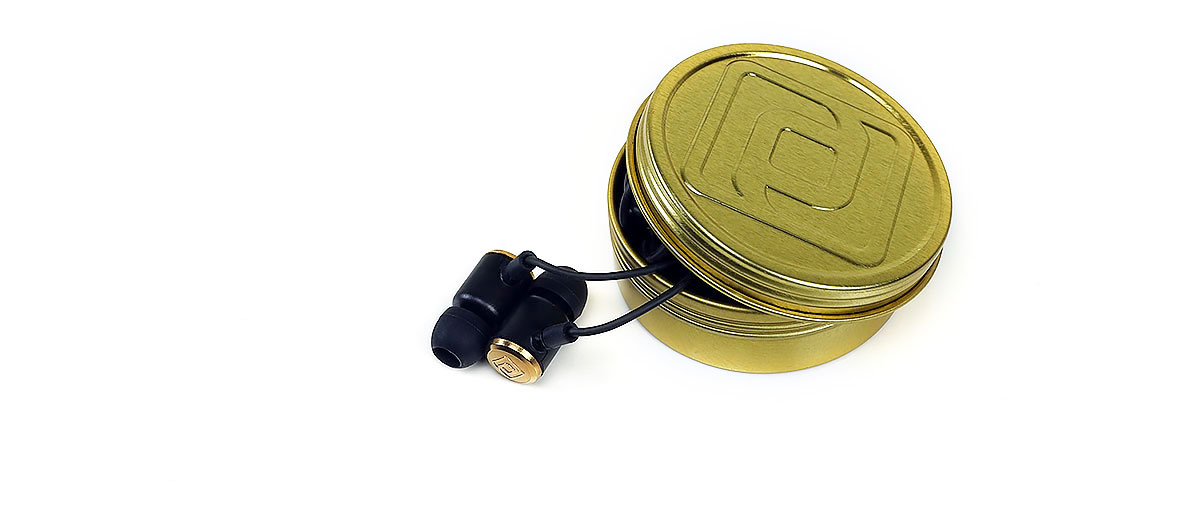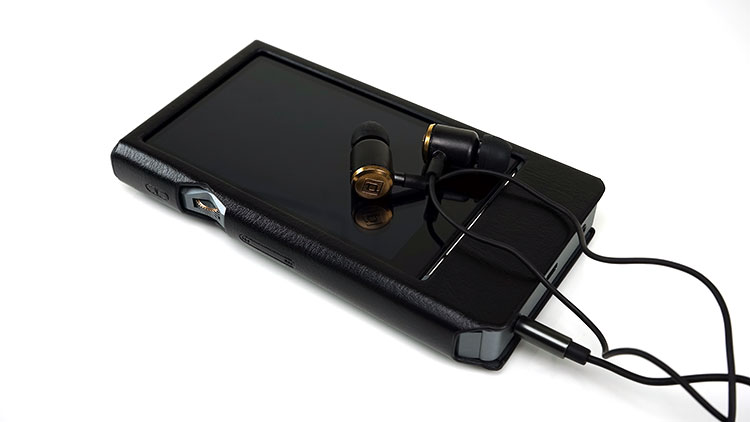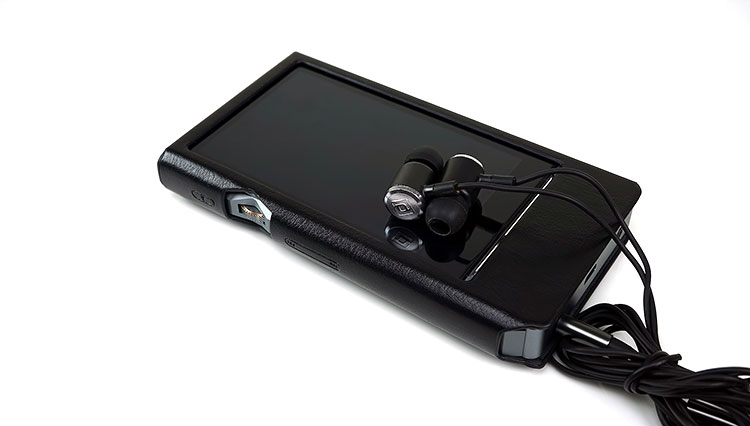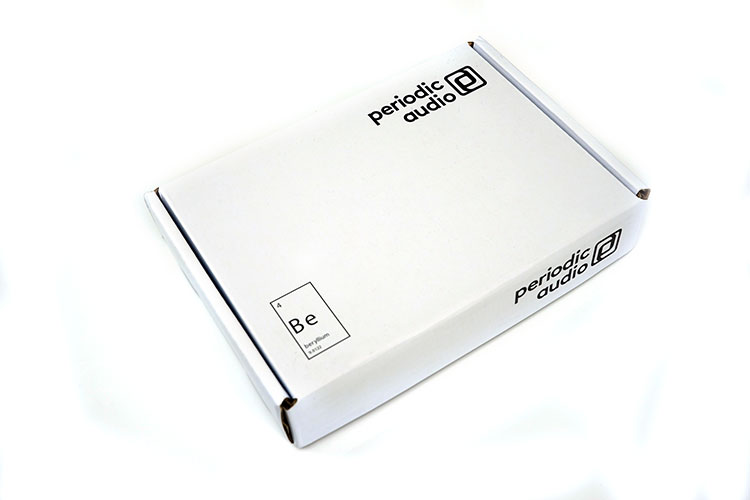Sound Impressions
Periodic Audio ‘Mg’ Performance
Bass
The Mg is described by Periodic Audio as having a neutral sound. Whilst its timbre is relatively clean and clear the presentation is more u-shaped than anything with an elongated elevation in its low-end starting around 20Hz and starting to drop around 100Hz. You get decent sub-bass presence and power though it is not a dominant character of the Mg.
The drop continues to around 1k which means you get a classic mid-bass injection of warmth and a full sound combined with a very natural level of decay typical of good quality dynamic drivers. That mid-bass to lower-mid-range drop also does a more than adequate job of keeping the upper bass and lower mids of the Mg relatively clean and clear.
I have to mention this is not a sluggish dynamic driver which is always my fear at this price point. It is prominent but not omnipotent and it’s tight and defined enough to give any $100 or below IEM a run for its money.
Mids
Whilst lower mids do not possess a huge amount of body they do retain excellent clarity with minimal bass bleed. As a result, instrumental timbre is not full-on, perhaps a touch thin sounding but nothing I would term as brittle or lacking in substance, they simply slot in behind higher-pitched vocals.
Combined with the excellent fundamentals of the Mg I get a lovely nice sense of depth in the Mg staging and more than satisfactory levels of instrumental separation. In terms of spaciousness, it does fall a bit behind the Ti and especially the Be in sounding a bit narrower in the mids with that lower-mids dip.
Vocals
Vocals on the Mg are excellent actually for this price point. Higher pitched female vocals are perhaps a bit more forward sounding with the Mg taking a little surge in energy post 1k. Neither male nor female vocals exhibit hard overtones or unnecessary levels of sibilance.
Treble
Upper mids to lower treble on the Mg is brighter than the rest of the response with a graduate rise and peak around 5-7k and then a fairly typical drop and minor bump at 10-12k for a little sparkle in its brilliance or upper treble. Despite the bump, it’s not a harsh-sounding treble response.
It lacks a little body and I have heard thicker sounding top ends but it is able to stay neutral to slightly forward and not sound harsh with a quick decay and relatively airy sound which I quite like. It also provides a little bit of cooler contrast to the warmer low-end so the general response stays clean and sounds generally quite articulate and lively.
Periodic Audio ‘Ti’ performance
Bass
The Ti is much more V-shaped than the Mg and probably more colored but I do not find the bass as warm sounding as the Mg. On the contrary, I find the low-end tuning to have a little less mid-bass elevation than the Mg’s more sustained rise from 20Hz to 100Hz.
For me, the Ti has a more focused emphasis below 100Hz, closer to around 50hz with a more significant drop towards the mids than the Mg. The steeper drop in the lower mids also serves to give greater emphasis to the Ti bass’s power and compared to the Mg I felt the Ti was capable of a lot more sub-bass rumble.
I also find the general bass response of the Ti to be a little more articulate than the Mg and by that I mean a little quicker and tighter with shorter decay.
Mids
The drop in the mids is almost past the vocal presence so yes it is recessed as any V-shaped sound I have come across. The cooler leaner timbre and less low-end warmth do keep help to keep everything clean and despite its reasonably narrow staging, the Ti has some impressive instrumental separation with superior details to the Mg.
Vocals
Mg vocals are further forward and richer in sound than the Ti which is much more neutral sounding and further back in the mix. Tonally, the Mg vocals are much more in tune with where I like them positioned and the level of body but I can easily pick up the additional detail and clarity the Ti is delivering.
Treble
Upper mids start to pick up around 2k and peak around 5k. It is a fairly marked upturn in energy but here is what I love about the Ti, it actually sounds a lot smoother in treble response to the Mg and far better in treble body and control. Brighter yes, more forward you betcha but this is not a brittle or harsh sound.
This is a clean, fast articulating, and an energetic top end that really meshes well with synth wave, EDM, and anything synth orientated. I am less fussed with the Ti for rock and anything that pushes on the lower mids and vocals. It is not tuned for this type of genre despite the excellent levels of detail.
Periodic Audio ‘Be’ Performance
The Be still errs to the musical side of things but this is a much more balanced and coherent presentation than either that of the Ti or Mg. The dynamics on the Be are truly excellent with a more powerful sounding and generally much more open performance than either of its two siblings.
This is an outstanding single DD IEM for its price point. It is an IEM I feel I could throw anything at it and it will come up with the goods. In particular prog rock, hard rock and EDM sound ‘huge’ on the Be.
Bass
The Be takes the power of the Ti, the texture of the Mg, and a little bit of its warmth to deliver a punchy and full sounding low-end with some fantastic sub-bass rumble.
This is the kind of dynamic driver bass that meshes so well with arena rock because it adds so much PRaT to the performance and yet at the same time it dips enough into the mids to prevent that bass strength from bleeding and muddying up the excellent detail and clarity. In short, it stays very coherent and clear.
Mids
Lower mids are more expansive on the Be with much better body and fundamentals. Guitar work delivers with much better authority, especially chugging lower string chord work that tended to sound too recessed on the Ti or lacking in detail on the Mg.
Instrumental separation and timbre are more accurate to slightly warm and at times they did exhibit a slightly euphoric feel to them. Certainly, the Be feels more spacious and natural in its delivery than I expected. The spacing really benefited the vocals also, which, whilst not being overly forward sounding, did sound resolutely clear, well-textured, and very refined in their delivery.
Treble
Treble is not as forward on the Be as it is on either the Mg and Ti but it does sound a lot more natural and smoother sounding. There is an energetic upswing from 2-5k though it is terribly pronounced and the drop to 10k is more staggered.
You will retain decent snap, sparkle, and bite in percussion passages but it always stays coherent and in keeping with the generally natural tonal signature of the Be.
Synergy
All 3 are 32-ohm dynamic driver-based IEMs so none of them are quite as sensitive as BA or some hybrid units on the market. However, their levels of efficiency vary a little. The Mg is the most efficient at 101dB whilst the Ti is the least at 96dB. The Be sits in behind the Mg and is only just less efficient at 100dB.
What that means is the Mg is the easiest to drive out of the three IEMs. Considering its price point this is smart thinking from Periodic Audio. It will play a little better out of weaker amps such as Smartphones and budget DAPs that are more likely to be the Mg target audience.
Not that the Be is that far behind mind you but the Be will scale more than the Mg with better sources and amps. The Be deserves to be paired with some higher-end gear. The Ti does need a little more juice than either of them and amping is also not a bad idea for the Ti to keep its bass performance as tight as possible.
All three are excellent with sources and amps with higher noise floors with perfect silence on DAPs such as the FiiO X5iii and the Shozy Alien Gold as well as portable tube amps such as the ALO Audio V5 (even on high gain).
Scaling & Tonal Matching
Periodic Audio Mg
Preferences
The Periodic Audio Mg didn’t really scale as much as the other two and stayed fairly consistent in technical capability across DAPs such as the L3PRO and more capable units such as the Chord Mojo. However tonally, I preferred a generally neutral source or amp and nothing that was overly warm.
DAPs
DAPs such as the Shozy Alien Gold threw far too much warmth on the midbass and upper bass though when a track didn’t pull on the low end it did sound incredibly full and rich sounding. However once the low-end kicked in I found it too dominant whereas more neutral DAPs such as the X7 from FiiO (AM3 or 3a) sounded more accurate.
Smartphones
For smartphone lovers, I highly recommend one of the Quad-DAC-equipped LG units such as the G6 or the new V30. With the G6/Mg I got a very clean sound with decent dynamics, good depth, and a perfect fit for casual modern pop and dance music.
Periodic Audio Ti
Preferences
The Periodic Audio Ti does enjoy a better quality of amp. Its superior detail and microdynamics get a little lift from a more resolving source and tonally I found warm to natural DAPs and amps to fit perfectly with the Ti.
In particular, the Shozy Alien Gold sounded excellent with the Ti. I actually preferred this pairing more than the Mojo pairing because of how the Alien just injected a little more warmth and body into the Ti’s vocal presence and lower treble. The Mojo tended to produce a cooler more digital sound that left me cold on the treble performance.
FiiO X3 3rd Gen
Another fantastic pairing was the new FiiO X3 3rd gen which has a fairly natural to slightly warm and smooth performance on initial testing. The Ti pairing was full-bodied, spacious, and very articulate. Importantly the top-end did not feel attenuated or brittle with that little injection of warmth providing a bit more body than say the L3Pro’s slightly thinner top end.
Amps
Amping wise I would highly recommend the iBasso PB3 pairing. The PB3 for me is the inspiration behind the new AMP 3 card even harmonics engineering on the DX200 and exhibits that same smooth musical approach for a lot less money.
Paired with the Ti the scaling was excellent with far better dynamics, clarity and resolution. Tracks that might be a touch thin and tinny on smartphones were much fuller and more spacious sounding. The Ti can and does produce better treble than the Mg when driven properly.
Periodic Audio Be
Scaling
The Periodic Audio Be doesn’t require a huge amount of voltage and can get loud real easy on smartphones, sources, and amps. Given its 100dB rating, the Be does not require pot loads of power. Having said that it can scale and sound better than amping direct from a smartphone.
Smartphones
The G6 pairing was really good actually just before I move on and you think it’s a no-no for phones. Everything was clean, clear, and very open sounding but it just lacks a little bit of body and dynamics that I know is possible with more resolving amps.
DAPs
The Be will sound pretty good actually from most DAPs. The Shozy Alien was less of a solid pairing simply because I think the Be needs a more resolving source and the Alien tends to favor warm musicality over detail which the Be can deliver.
Yet at the same time, it will sound pretty good on some budget DAPs that do tend to deliver above-average detail such as the M2s from Shanling and the N3 from Cayin. Personally, I settled on the Opus#3 because of its expansive soundstage, natural to slightly warm timbre, and airy top end which the Be really took advantage of.
Chord Mojo
Again, the Mojo was not my favorite with the Be though it gelled a lot better than with the Ti and overall sounded very good. My other problem with the Mojo/Be pairing is the gain level is perhaps too aggressive. If you are using the Mojo as USB-DAC you can pre-amp to mitigate that with your software but otherwise, the Mojo/Be needs only 1-2 clicks on its orbs to get loud.
iBasso PB3 / ALO Audio V5
The PB3 from iBasso again paired really well and edged out the Mojo for me in terms of tonal preference. I got a smoother fuller sound without any loss of detail and it retained that big dynamic driver low-end that I really enjoy from the Be.
The V5 from ALO Audio was another very sweet-sounding match-up. This pairing with the Be was my preferred choice for anything rock orientated but didn’t require a big low-end response from the Be. If you want the low-end to truly hit hard the Mojo and PB3 are better alternatives.
Our Verdict
These Periodic Audio IEMs are more than competent. In fact, at each price point, you would be hard-pressed to find a more technically pleasing single dynamic driver IEM on the market. The Mg’s only real competition is from the FiiO F5 and even then I feel that is the F5 with its balanced cable rather than single-ended.
The Ti is perhaps the odd one out purely on tonal preference but it does have superior technical capability and better detail retrieval than the Mg. The Mg for me is a budget consumer ‘must listen’ and ideally a smartphone user champ. The Ti will scale better than the Mg.
If there are a few caveats between the two it is in the packing differentiation, the lack of detachable cable options, and the left-right labeling on the build level. Also, the Mg and Ti units I had were way too similar in looks to know which was which.
I believe this is being sorted judging by the new grill and MIM cap pics on Periodic Audio’s Instagram page so I will be very keen to see how that plays out in the future.
Out of the line-up though it is the Be that people will remember the most. It is tonally the most pleasing, technically the most dynamic and detailed, and works wonderfully well with amps and even smartphones do not sound too shabby.
I actually prefer its musicality and engaging presentation much more than the IE800 and that is saying something. You will find nothing brittle beyond the upper mids which is where the IE800 often finds its detractors. Will it go in my everyday over-40’s low-profile but stupidly expensive man bag? You betcha!
Periodic Audio Technical Specifications
Mg
- Frequency Response – 20 Hz to 30 kHz
- Impedance – 32 Ohms nominal
- Sensitivity – 101 dB SPL at 1mW in ear
- Power Handling – 20 mW continuous
- THD – Less than 1% THD at 1mW
Ti
- Frequency Response – 16 Hz to 30 kHz
- Impedance – 32 Ohms nominal
- Sensitivity – 96 dB SPL at 1mW in ear
- Power Handling – 20 mW continuous
- THD – Less than 1% THD at 1mW
Be
- Frequency Response – 12 Hz to 45 kHz
- Impedance – 32 Ohms nominal
- Sensitivity – 100 dB SPL at 1mW in ear
- Power Handling – 20 mW continuous
- THD – Less than 1% THD at 1mW





